PCR - Applications

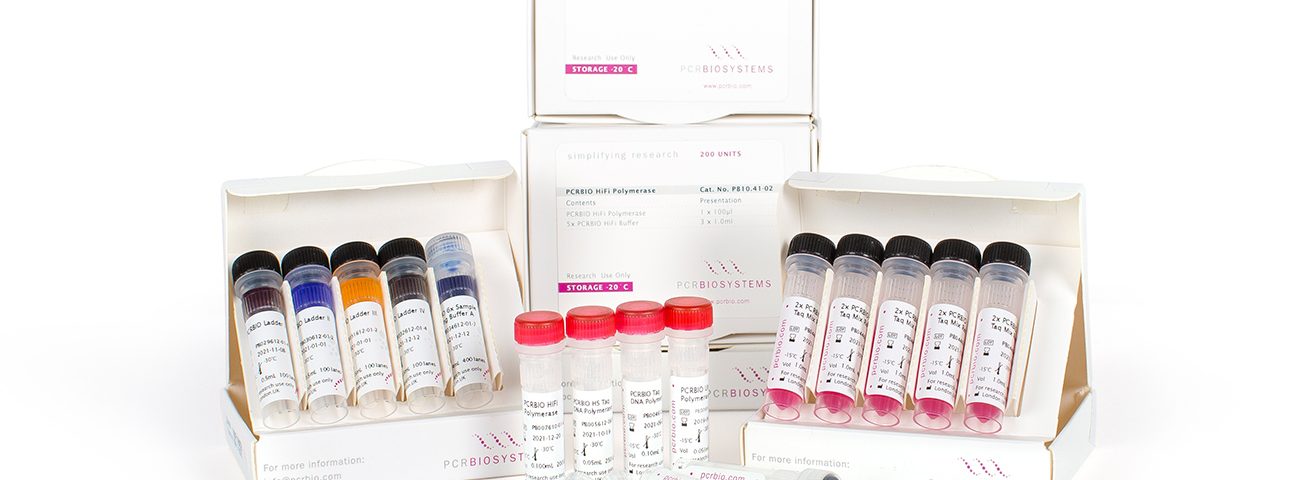
PCR - Applications
PCR, or Polymerase Chain Reaction, is a pivotal technique in DNA manipulation that has revolutionized biological research. We offer a range of polymerases for all types of endpoint PCR. Find the enzyme you need no matter what the application.
While the fundamental principles of PCR remain unchanged, the technique has evolved over time, leading to the availability of various polymerases tailored to specific applications. These advancements in polymerase technology have enhanced the reliability, yield, specificity, speed, and sensitivity of DNA amplification.
We provide a diverse range of polymerases designed to meet your unique requirements and applications. Whether you need a standard Taq, hot start, or proofreading, high fidelity polymerases, we have the right enzyme for you – with dozens of ready mixes, direct loading mixes, or separate enzyme and buffer formats.
Our portfolio of enzymes covers everything, including colony screening, cloning, site-directed mutagenesis, genotyping, HLA-typing, methylation analysis, multiplex setups, fast PCR and high or low GC target amplification. With our user-friendly formats and comprehensive product manuals, you can easily optimize your reaction conditions and achieve optimal amplification in a wide range of applications.
All our polymerases are meticulously developed, using cutting-edge techniques and buffer technologies, to ensure high-performance kits and reagents with excellent reproducibility and consistent results that scientists can confidently rely on.
Find your endpoint PCR application below or browse by product.
If you are looking for isothermal amplification, qPCR and cDNA synthesis, please visit the dedicated application pages.
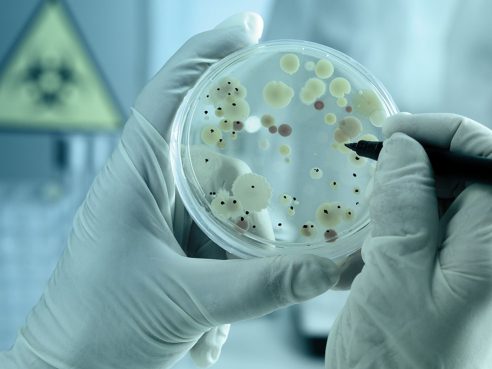
Colony PCR
Molecular cloning techniques require some method of screening colonies for the presence or absence of the DNA insert. Traditionally this has been carried out with restriction enzyme digest, however colony PCR…

Fast PCR
Enzymes capable of fast PCR can help in achieving faster turnaround times from sample to result and give improved throughput on existing thermocyclers. PCR Biosystems’ enzymes are engineered to have…

Methylated DNA Amplification
DNA methylation is a heritable epigenetic mark involving the addition of a methyl group to the 5' position of cytosine by DNA methyltransferases. It plays an important role in normal…
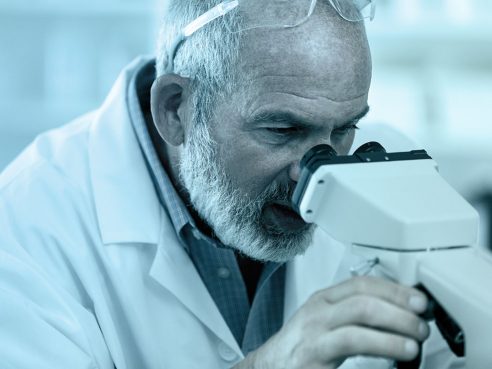
PCR for Cloning
Molecular cloning is a collection of experimental methods used in molecular biology to assemble recombinant DNA molecules and to direct their replication within host organisms. A molecular cloning reaction is typically comprised of two components which…

TA Cloning
TA cloning is a simple and efficient method for the cloning of PCR products. The procedure takes advantage of the terminal transferase activity of some DNA polymerases such as Taq polymerase.…
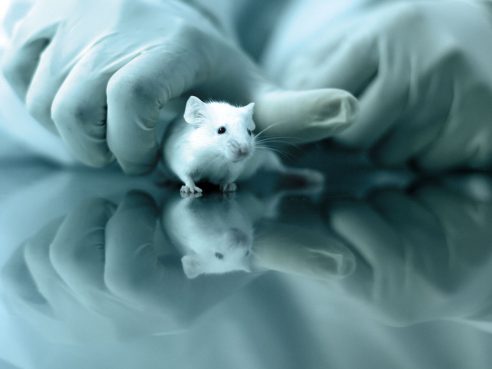
Mouse Genotyping
Mice serve as useful models in biochemical research and can be used to study the roles of genes in development, physiology and human disease. The use of these animals requires accurate…

Site Directed Mutagenesis
Site directed mutagenesis is an in vitro method for introducing specific and intentional mutations into DNA fragments. It is often performed using PCR-based methods due to its speed, simplicity and high efficiency.…

High Fidelity PCR
For some applications such as cloning and site directed mutagenesis, or when preparing a template for sequencing, the number of mutations introduced during PCR needs to be kept to a…

Crude Sample PCR
Performing PCR direct from crude samples can be highly beneficial due to greatly reduced experimental time, cost and sample loss, particularly for high volume genotyping, transgene detection, knockout analysis or…

Multiplex PCR
Multiplex PCR is a widespread technique for the amplification of multiple targets in a single PCR experiment. Multiplexing can save precious time, reagents and samples and also has the benefit…

Long Range PCR
Long range PCR refers to the amplification of DNA targets over 5kb in length which typically cannot be amplified using routine PCR methods or reagents. Traditionally, long range PCR has…
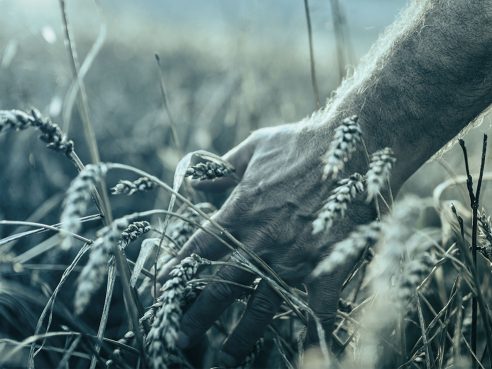
GC-Rich PCR
DNA templates with high GC content (>65%) can affect the efficiency of PCR due to the tendency of these templates to fold into complex secondary structures. This is due to…
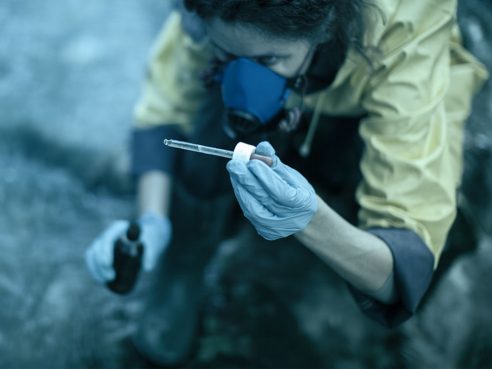
Direct Gel Loading
Many of PCR Biosystems’ enzymes are provided in a ready-mix format, with optimised concentrations of dNTPs, MgCl2 and enhancers, requiring only the addition of template, primers and water. Our red mixes…

